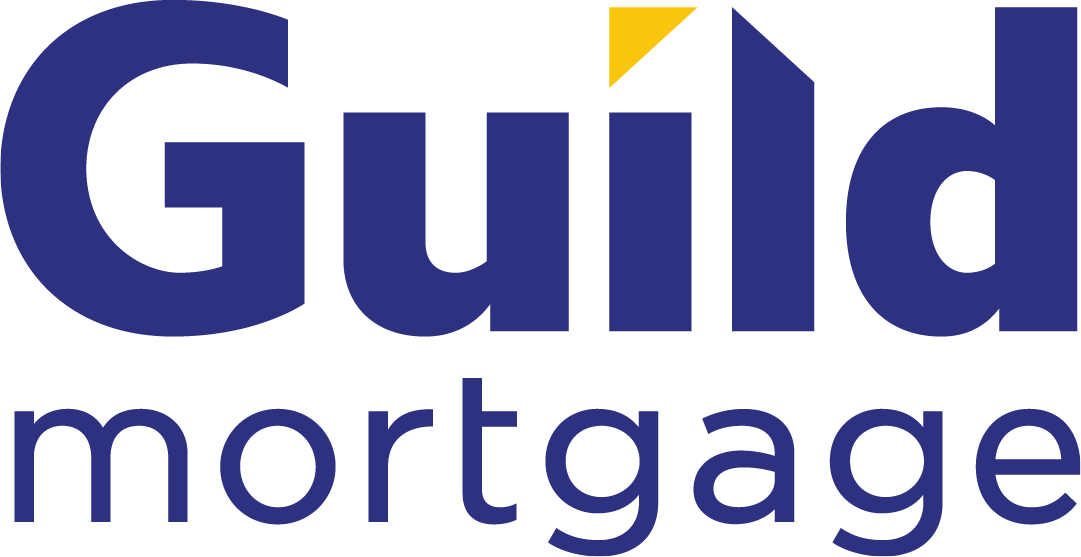
Senior Housing wealth and equity at an all-time high
Did you know roughly 10,000 Americans turn 65 every day*? Did you know that as of today, the Senior demographic (over 62) has the most home equity they have ever had in our Country’s History? Can you imagine if most of these homeowners knew how a reverse mortgage truly works, how it could improve their quality of life in their retirement years or benefit them, and how it will not negatively impact their children? There is so much untapped potential in the reverse mortgage loan market and this loan can soon become the loan of the future for all baby boomers. 1 out of 5 Americans still has a mortgage which means they can likely benefit from a reverse mortgage loan so they wouldn’t have to make a mortgage payment ever again**. For the remaining seniors who own a home free and clear, they have so many options with a reverse mortgage loan. They can set up a rainy-day fund (line of credit) that they can tap into only when they need it, take a lump sum to pay off debts/liabilities, or do home improvements, OR they can take a monthly draw that helps boost their income in their retirement years. The possibilities are endless, and most homeowners neglect to consider this until it is needed. Even if you try to save up for retirement in traditional ways: IRA, 401k, pension, stocks/bonds, etc. there is no guarantee that you will not outlive those funds. A reverse mortgage loan can be a pillar to most retiree’s portfolios and allow you to use your equity as another useful asset source to prolong your retirement income. If you own a home and you are over 62 years old, you might be better off financially than you originally thought. Let me know if you have questions about the Senior Equity wealth and how a reverse mortgage loan might apply to your situation whether you have a mortgage or not.
“The RMMI, released quarterly by the National Reverse Mortgage Lenders Association (NRMLA) and data analytics firm RiskSpan, showed that seniors’ collective housing wealth increased by 1.95% ($226 billion) in Q3 2022 compared to the prior quarter, hitting a record of $11.81 trillion.
This brings the RMMI to 413.22, an all-time high since the start of the index in 2000. Home price appreciation drove the increase, at roughly $268 billion, which was offset by a 1.93% (or $42 billion) increase in senior-held mortgage debt***.”
*www.hhs.gov/aging/index.html
**hecmworld.com/reverse-mortgage-news/10-million-seniors-have-mortgage/
***reversemortgagedaily.com/articles/senior-housing-wealth-has-hit-a-new-record-at-11-81-trillion/
Important information: At the end of the reverse loan term, some or all of the property’s equity won’t belong to the borrower, and they may need to sell or transfer the property to repay the proceeds of the reverse mortgage. Guild will add the applicable reverse mortgage origination fee, mortgage insurance premium, closing costs, or servicing fees to the balance of the loan which will grow, along with the interest, over time. Interest isn’t tax deductible until all or part of the loan is repaid. Failing to pay property taxes, insurance, and maintenance might subject the property to a tax lien, foreclosure, or other encumbrance since the borrower retains the title.
Fixed-rate and adjustable-rate reverse mortgages are insured by the FHA. Fixed-rate loans are distributed in a single lump sum with no future draws. Adjustable-rate reverse mortgages offer five payment options and allow for future draws. The age of the youngest borrower determines the amount of funds that can be received with a reverse mortgage loan. The amount of funds that can be received during the first 12-month disbursement period is subject to an initial disbursement limit.
These materials are not from HUD or FHA and were not approved by HUD or a government agency. Borrowers must maintain the property and most current payments of property taxes, homeowner’s insurance, and HOA dues.

